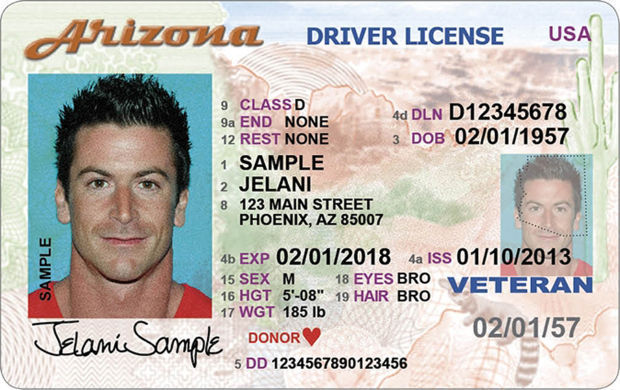PHOENIX — Legislators are moving to add a new requirement for Arizona teens to get a driver’s license because of a fatal accident caused by a new driver in Mohave County.
The measure given preliminary approval Thursday by the state House would mandate that all would-be drivers pass an online course approved by the Motor Vehicle Division before being able to take the written and road portions of the test to get their first license.
That’s not required now. Instead, there needs solely to be a certification by a parent or guardian that they have taken the beginning driver out for 30 hours on the road, with 10 of those at night.
Amy Shuffler of Kingman told lawmakers that is clearly not enough.
Her son, 16-year-old son Brady, was the driver of a vehicle carrying five other teens after a sports event last year. She said he was speeding, lost control and hit a utility pole, leaving two teens dead and two others seriously injured.
He now awaits trial on two counts of second-degree murder and two counts of aggravated assault.
Shuffler, sometimes tearful, told the House Committee on Transportation and Infrastructure that she blames herself.
“I would talk out loud to him as he would drive through the town,’’ she said. “Slow here. Watch for this. That car is going to pull out in front of us. Be on the lookout here. That driver isn’t using his turn signal.”
But Shuffler, who grew up driving a car that “barely had a radio that got two stations,’’ said she was ill-prepared to teach Brady about the distractions of things like cell phones and online apps.
And she didn’t teach him that Arizona law says new drivers — those with a Class G license — are not allowed to have any other teens in the car unless it is a sibling.
Rep. John Gillette, R-Kigman, the sponsor of HB 2833, said there is a question about that rule on the written test required by the Motor Vehicle Division. But he said that question comes up only once every 45 times because of different versions of the test.
The legislation would require the Arizona Department of Transportation to select and approve providers to write and offer a course. It could be in person or online but would have to be at least four hours. It would have to be structured so that, in the case of an online course, there are mechanisms to ensure the student is paying attention, such as pop-up questions, and not simply turning on the computer and walking away.
There would also be a final exam to see what the student learned.
Mike Williams, a lobbyist for traffic schools who worked with Gillette on the plan, said this is about more than teaching just those special rules for motorists with Class G licenses. He told lawmakers there are other things new drivers don’t know.
For example, he said, some drivers, seeing flashing red and blue lights in the rear-view mirror, pull over to the left side of the road rather than to the right.
Then there’s what someone should do when stopped, like staying in the car and putting hands on the steering wheel. Williams said drivers also need to know that when an officer asks to search the vehicle, they have a right to refuse.
The price tag is causing some opposition, however.
“If we’re mandating something that they can’t afford, then what are they going to do?’’ asked Rep. Jevin Hodge, D-Tempe, during the committee hearing. He noted that failure to complete the course would preclude someone from getting a license.
Gillette added a provision during Thursday’s floor vote to provide the course for free to anyone from a family whose income entitles the children to free or reduced-price school lunches. That can cover any family making up to 185% of the federal poverty level, or $39,000 for a family of four.
But the cost to provide free courses will have to come from the fees charged to everyone else.
The legislation doesn’t spell out how much can be charged. But Williams said he expects it to be somewhere between $10 and $25.
A final House vote will send the measure to the Senate.
Get your morning recap of today's local news and read the full stories here: tucne.ws/morning





